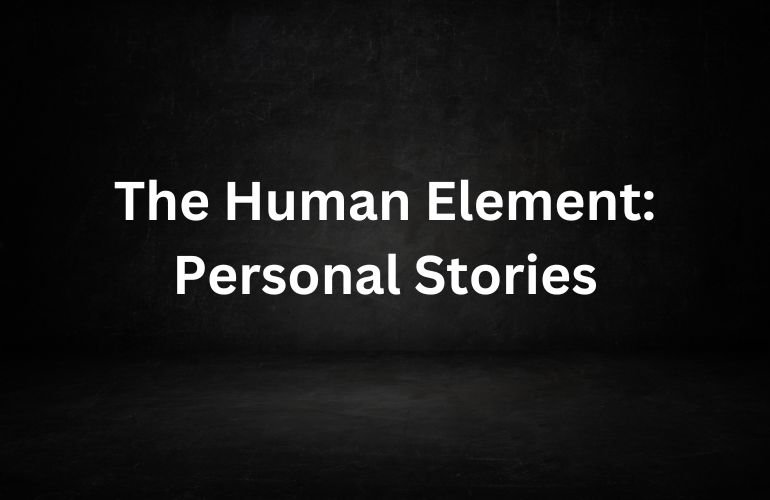Introduction
As we reflect on the year 2023, it is intriguing to juxtapose it with the distant but impactful year of 1954. This comparison allows us to explore not only the technological and cultural shifts that have occurred over nearly seven decades but also to understand how past innovations and events have shaped our present and will continue to influence our future. In this detailed exploration, we embark on a journey from 1954 to 2023, examining key historical events, technological advancements, and cultural transformations.
The Historical Context of 1954
The year 1954 stood as a cornerstone in modern history, characterized by significant political, social, and cultural milestones:
- Brown v. Board of Education decisively ended racial segregation in public schools in the United States, marking a pivotal moment in the civil rights movement.
- The Geneva Accords were signed, bringing an end to the French Indochina War and laying the groundwork for the division of Vietnam, which would have lasting global implications.
- In the realm of entertainment, Bill Haley & His Comets released “Rock Around the Clock,” heralding the rock and roll revolution.
Technological Advancements
From 1954 to 2023, the landscape of technology transformed dramatically, underscoring the rapid pace of human ingenuity:
- The birth of the silicon transistor in 1954 revolutionized the electronics industry, paving the way for the microelectronics revolution.
- Fast forward to 2023, where quantum computing and nanotechnology are at the forefront, pushing the boundaries of what’s possible in computing power and materials science.
Cultural Shifts and Social Movements
The cultural fabric from 1954 to 2023 witnessed profound shifts:
- The 1960s and 1970s saw a wave of counterculture movements, which challenged societal norms and advocated for peace, environmentalism, and civil rights.
- In 2023, social media has catalyzed global movements, enabling instant communication and mobilization of people across the world for causes like climate change and social justice.
Scientific Discoveries
Scientific exploration has seen monumental achievements:
- The DNA double helix was uncovered in 1953, a discovery published and widely recognized by 1954, setting the stage for advances in genetics.
- Recent advancements in CRISPR technology and personalized medicine in 2023 continue to build on the foundation of understanding human genetics, offering new ways to treat and prevent diseases.
The Human Element: Personal Stories

Reflecting on personal narratives from 1954 to 2023, we connect with individual journeys that illuminate broader historical and cultural trends:
- Personal accounts from those who lived through the Civil Rights Movement provide insights into the struggles and triumphs of that era.
- Today, personal blogs and vlogs on platforms like YouTube offer a window into the daily lives and challenges of individuals around the globe, reflecting a more interconnected world.
Conclusion: Bridging the Past and Present
In concluding our exploration from 1954 to 2023, we see a tapestry of progress and ongoing challenges. The journey through these years highlights the resilience of the human spirit and the relentless pursuit of knowledge and justice. By understanding our past, we gain insights into our present and can forge a path toward a more informed and hopeful future. As we look beyond 2023, the lessons from 1954 remind us of the enduring impact of embracing change and advancing human dignity and technology together.
FAQs
1. What were some of the key technological advancements between 1954 and 2023?
Between 1954 and 2023, technological advancements transformed drastically. Starting from the invention of the silicon transistor in 1954, which revolutionized electronics, to the emergence of quantum computing and nanotechnology in 2023, these developments have significantly altered how we interact with technology today.
2. How did cultural shifts from 1954 to 2023 impact social movements?
Cultural shifts during this period were profound, with the 1960s and 1970s witnessing counterculture movements that challenged traditional norms and advocated for civil rights, peace, and environmentalism. By 2023, social media had become a pivotal platform for mobilizing global movements, further emphasizing the shift towards a more interconnected and socially aware global community.
3. What significant scientific discoveries occurred from 1954 to 2023?
A landmark scientific discovery in 1954 was the recognition of the DNA double helix structure, which laid the groundwork for genetic research. By 2023, advancements had expanded into areas like CRISPR technology and personalized medicine, significantly influencing disease treatment and prevention strategies.
4. Can you provide examples of how personal stories from 1954 and 2023 help us understand historical and cultural trends?
Personal stories from 1954, such as narratives from those involved in the Civil Rights Movement, help illuminate the human aspect of social struggles and achievements. Similarly, in 2023, personal stories shared through digital platforms like blogs and vlogs offer insights into the daily experiences and societal interactions of individuals globally, reflecting broader cultural and technological trends.
4. What can we learn from comparing the years 1954 and 2023?
Comparing these years allows us to appreciate the scope of human progress in technology, culture, and social structures. It highlights the importance of historical context in understanding present challenges and achievements and underscores the continuous impact of past events on current global dynamics and future prospects.
